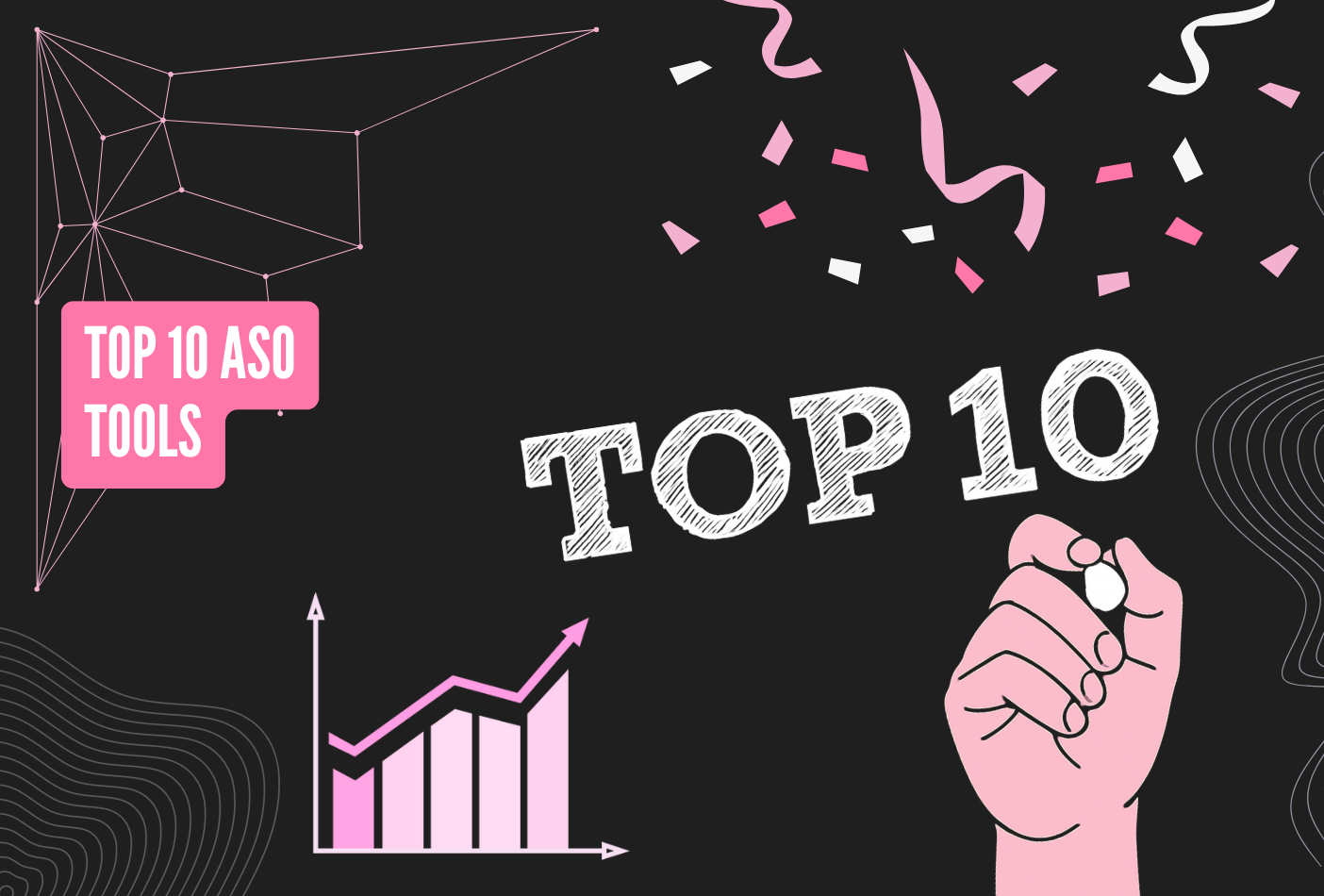Building a successful paywall strategy is not about copying what competitors do — it’s about constant iteration. Each app has a different audience, price sensitivity, and purchase motivation. What works for a meditation app may fail for a productivity tool or a fitness platform.
The goal of a paywall iteration framework is to identify which combination of offer, pricing visibility, and emotional communication drives the highest conversion-to-subscriber rate without harming retention or long-term revenue (LTV).
Below is a 9-week structured roadmap divided into three clear phases: Offer Strategy, Price & Plan Visibility, and Design & Messaging. Each phase isolates one dimension of user decision-making: value perception, price framing, and emotional intent.
Phase 1 – Offer Strategy (Weeks 1–3)
Free Trial Variants
Test shorter trial: 7 → 3 days
Test no trial variant (with more volumes)
Compare conversion and refund rate
Goal: Identify if trial helps or hurts conversions with low user volume.
Introductory Offer
First month at –50% discount (e.g., $9.99 → $4.99).
Compare trial vs intro discount vs direct pay.
Goal: See if users prefer commitment after paying a small amount.
The first phase is about understanding user intent and willingness to pay.
Free trials can generate a large volume of installs but often bring unqualified traffic — users who explore but don’t convert. Reducing the trial from 7 to 3 days introduces time pressure and keeps engagement concentrated among users who actually plan to use the product.
Testing a no-trial variant may feel risky, but it provides valuable insight into natural conversion without incentives. If conversion rates stay similar or improve, it means your core value proposition is strong enough to justify upfront payment.
The introductory offer plays on a different psychological lever: commitment bias. Users who pay even a small amount feel more ownership and are more likely to renew. Comparing three conditions — trial, discount, and direct pay — helps you segment behavior types: explorers, testers, and committers.
By the end of this phase, you should have clear data on whether to keep a trial, shorten it, or replace it with a discounted first month. The KPIs to track include trial-start-to-conversion rate, refund ratio, churn after renewal, and overall subscriber LTV.
Phase 2 – Price & Plan Visibility (Weeks 4–6)
Compare plan emphasis
Highlight Annual as default selection.
Add “Save 30%” or “Best Value” badge.
Test psychological pricing (€4.99 → €5.49 to simplify tiers).
Show both monthly & annual tiers clearly
Keep toggle or radio buttons visible.
Display monthly price per year for comparison (“$69.99 = $5.83/mo”).
Goal: Push higher LTV and reduce churn with yearly plans.
Once you know which offer structure works best, the next step is to optimize price presentation. This phase focuses on how users perceive value rather than on changing the actual cost.
Highlighting the annual plan as default leverages anchoring bias: when users first see a higher upfront price labeled as a “better deal,” they’re more likely to perceive savings over time. Adding badges like “Save 30%” or “Best Value” gives a visual cue of rational choice, reinforcing that the annual plan is the smart decision.
Testing psychological pricing (for instance, rounding €4.99 to €5.49) can simplify pricing tiers and reduce cognitive load. People process clean numbers faster, which can improve conversion even if the perceived price is slightly higher.
Always show both monthly and annual options side-by-side to maintain transparency. Including the monthly equivalent of the annual plan (“$69.99 = $5.83/mo”) makes the longer plan feel more affordable. This small visual framing often drives 10–20% more annual conversions.
The metrics to monitor here are plan split (monthly vs annual), churn rate difference between cohorts, and overall LTV increase. The outcome of this phase should be a pricing screen that nudges users toward longer commitments without feeling manipulative.
Phase 3 – Design & Messaging (Weeks 7–9)
Visual layout / hero image
Use distinct visuals (like your “All Access” vs “Volume 2" screens).
Emphasize value and emotion rather than just feature list.
Benefit bullets / trust elements
Example:
“Over 10,000 creators already use this app”
“Offer valid until Sunday”
“Cancel anytime – keep your progress.”
Add social proof or urgency badges.
Goal: Increase purchase intent via emotional reinforcement.
The final stage connects emotion with rational decision-making. Even with a good offer and clear pricing, users need a final push that appeals to trust and belonging.
A powerful hero image immediately signals the value of what’s behind the paywall. Instead of technical product screenshots, test aspirational visuals — happy users, results achieved, or lifestyle associations. This helps users imagine themselves succeeding with your app.
Next, focus on benefit-driven copy. Replace functional descriptions (“Track workouts and calories”) with emotional outcomes (“Reach your fitness goals faster and stay motivated”). Use bullet points that speak to confidence, freedom, or progress.
Add trust elements — social proof (“10,000 creators already use this app”), urgency (“Offer valid until Sunday”), and reassurance (“Cancel anytime – keep your progress”). These cues remove friction and increase credibility. Urgency works best when genuine, not artificial.
This final phase isn’t just about design aesthetics; it’s about conversion psychology. A well-designed paywall can lift conversions by 20–40% even without changing the offer. It’s the emotional seal that transforms consideration into purchase.
Conclusion
Iterating on a paywall is an ongoing process — not a one-time design update. Each phase builds on the previous one:
- Phase 1 validates value perception (does the user see enough value to pay?).
- Phase 2 refines decision architecture (how is the price framed?).
- Phase 3 enhances emotional persuasion (does it feel trustworthy and motivating?).
Run each phase with controlled A/B tests, isolate one variable at a time, and collect both quantitative metrics (conversion, churn, ARPU) and qualitative feedback (heatmaps, session recordings, user surveys). The combination of behavioral data and emotion-led design is what turns a paywall from a blocker into a conversion engine.



